You’ve saved up using your 401k for decades, and now it’s finally time to retire! But now you have to face the question: how do I actually use my retirement paycheck? The money you’ve accumulated (in other words, your retirement paycheck) needs to be allocated in a way that works for you in order to make the most of your years of investing and saving.
How to Use Your Retirement Paycheck – Strategies for Making the Most of Your Investments
When retirement hits, a lot of people find themselves confused as to the best ways to actually utilize the funds that have been saved and invested for all these years. We understand that everyone’s investment situation is different, and everyone’s retirement plans are different, too. As we work through the options for using your retirement paycheck, we tailor the plan to fit your assets and needs best.
Here’s a look at a strategy that tends to work well for most people entering retirement.
Roll investments from a 401k plan into an IRA for distribution
The 401k is a great accumulation tool. However, it doesn’t have some of the features that you’d want for distribution. These include:
- Systematic distributions. With a 401k, you can’t set up a monthly draw. In addition, there’s typically a withdrawal transaction fee ($50-$100 in most cases) that can add up.
- Federal tax withholding. You have to take 20% federal tax withholding on distributions from a 401k plan. This is too much for many people’s tax situations. Because of this, you wind up distributing more money for the same net after-tax amount in your bank account. You get the extra part back when you file taxes, but it may be a substantial overpayment that you’d probably rather not make.
- Limited investment options. The investment options in a 401k plan are usually very limited. For example, if you’d like to have a portfolio of dividend-paying stocks where you just use the dividend income, that can’t be done. In addition, the more conservative options are typically just 2-3 funds. This may not fit your needs.
Benefits of keeping your investments in an employer-sponsored plan
If you are considering rolling over money from an employer-sponsored plan, such as a 401(k) or 403(b), you may have the option of leaving the money in the current employer-sponsored plan or moving it into a new employer-sponsored plan.
Benefits of leaving money in an employer-sponsored plan may include:
- Access to lower-cost institutional class shares
- Access to investment planning tools and other educational materials
- Potential for penalty-free withdrawals starting at age 55
- Broader protection from creditors and legal judgments
- The ability to postpone required minimum distributions beyond age 70½, under certain circumstances.
(You should also understand that Commonwealth and your financial advisor may earn commissions or advisory fees as a result of a rollover that may not otherwise be earned if you leave your plan assets in your old or a new employer-sponsored plan, and that there may be account transfer, opening, and/or closing fees associated with a rollover. This list of considerations is not exhaustive. Your decision whether or not to roll over your assets from an employer-sponsored plan into an IRA should be discussed with your financial advisor and your tax professional.)
Set up a systematic distribution
After moving money to an IRA, we can set up a systematic distribution that fits your needs. This includes an investment location that fits your risk and return needs. Everyone’s situation is different and unique, so setting up your systematic distribution should be done by a qualified tax professional who understands your needs and retirement paycheck specifics.
Consider other options
At this point, we consider other options that are available to retirees. One of these options is an income producing annuity. We know, annuity is a dirty word, but they do have their uses.
An annuity is the only type of investment that can have guarantees associated with it. Our most frequent use is an annuity with a lifetime income guarantee in order to produce the “bare minimum” income you’ll need for retirement when combined with social security and possible pension income. This limits the impact of any adverse market events on being able to cover the basic living expenses through retirement.
(Please note: Annuities are long-term, tax-deferred investment vehicles designed for retirement purposes. Variable annuities are sold by prospectus. Please consider the investment objectives, risks, charges, and expenses carefully before investing. The prospectus, which contains this and other information, can be obtained from a financial professional. Be sure to read the prospectus carefully before deciding whether to invest.)
Each Retirement Situation is Unique
At Milestone Wealth Management, we work with our clients to determine what an appropriate level of distribution is from the portfolio, so that there is money to cover needs through retirement. Usually, distributions start out a bit higher, and then reduce over time as things like travel, new vehicles, etc. start to drop off from the budget.
Toward end of life, healthcare expenses may cause a larger draw. We have strategies to cover those expenses as well, and they require planning decades in advance.
Need Help Understanding Your Retirement Paycheck?
Whether retirement is years away or right around the corner, it’s never too early to start planning, saving, and investing. If you want to learn more about the best ways to invest for your personal situation or how to use your retirement paycheck, we’d love to talk. As a small, independent financial firm, we prioritize getting to know you in order to fully understand your financial goals, so that we can help you make them happen.
Ready to get started? Book a meeting today!
This material is not intended to replace the advice of a qualified tax advisor, attorney, or accountant. Consultation with the appropriate professional should be done before any financial commitments regarding the issues related to the situations above are made.

